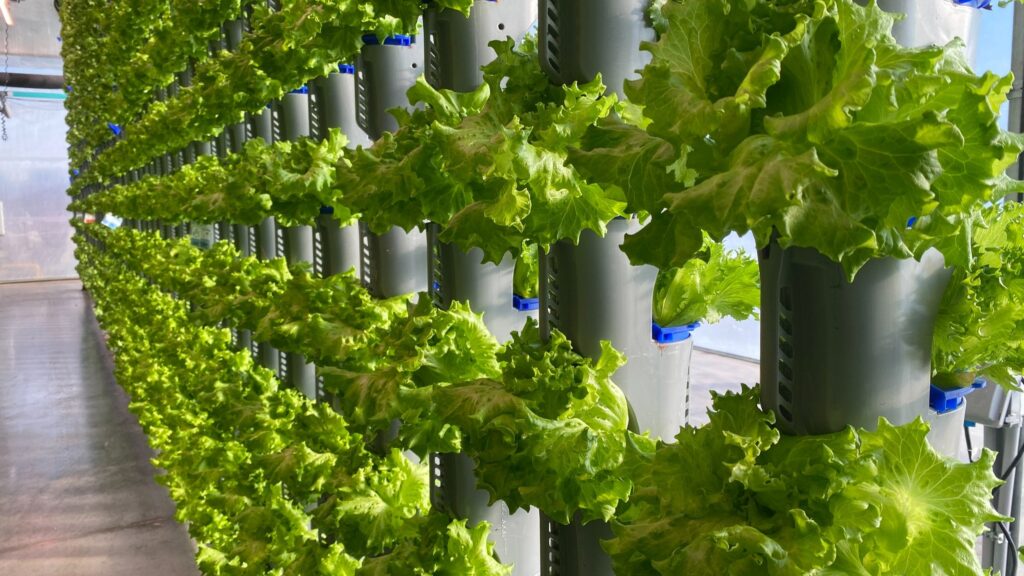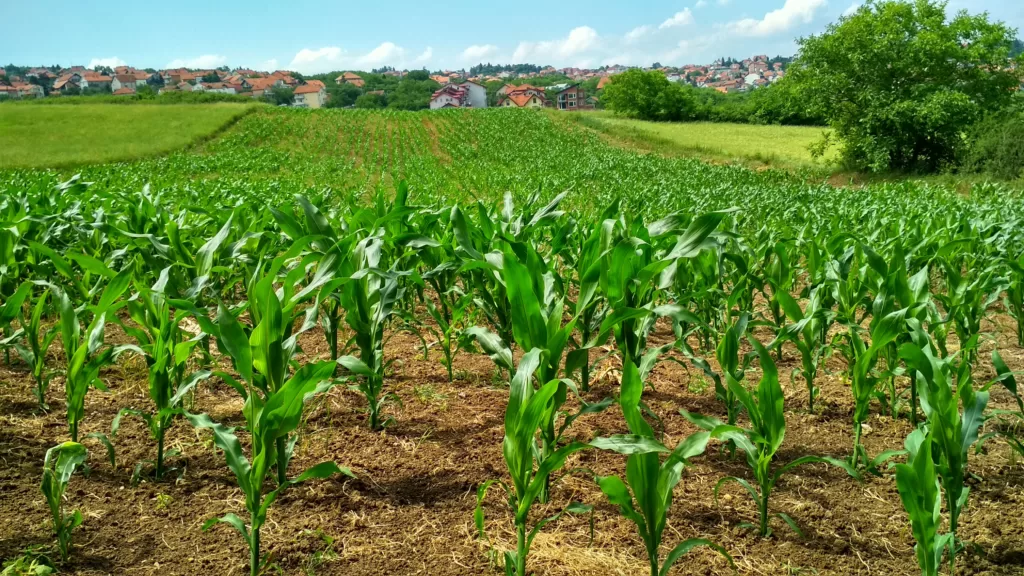Vertical farming, the practice of growing crops in vertically stacked layers under controlled environments, has garnered significant attention in recent years. With its promise of high yields, sustainable practices, and efficient use of space, many are curious: Is vertical farming profitable, and how long does it take to see returns?
This article explores the profitability of vertical farming, factors that influence its financial success, and the typical timeline for a return on investment (ROI).
What Makes Vertical Farming Unique?
Vertical farming leverages technologies such as hydroponics, aeroponics, and LED lighting to grow crops in controlled environments. Unlike traditional farming, vertical farming is not reliant on soil, weather, or large expanses of land, making it an attractive option for urban areas and regions with limited arable land.
Key Advantages:
- Higher yields in smaller spaces.
- Year-round production.
- Reduced water usage (up to 95% less than traditional farming).
- Pesticide-free crops.
Is Vertical Farming Profitable?
Yes, vertical farming can be profitable, but profitability depends on several factors, including the scale of operation, crop selection, and market demand.
1. High-Value Crops
- Profitable crops in vertical farming include:
- Microgreens: High market value, short growth cycles.
- Leafy Greens: Lettuce, spinach, kale.
- Herbs: Basil, mint, parsley.
- Specialty Crops: Strawberries, exotic herbs.
- These crops are in high demand for their freshness and quality, especially in urban markets.
2. Efficient Resource Use
- Reduced water consumption and optimized energy use lower operational costs.
- Advanced technologies like LED lights and automation improve efficiency, enhancing profitability.
3. Market Trends
- Growing consumer demand for locally sourced, pesticide-free produce creates a competitive advantage for vertical farms.
- Partnerships with grocery stores, restaurants, and farmers’ markets can secure consistent revenue streams.
Factors Influencing Profitability
- Initial Investment
- Small-scale farms: $5,000–$20,000 for modular setups.
- Medium-scale farms: $50,000–$100,000.
- Large-scale commercial farms: $500,000 to $5 million, depending on size and automation.
- Operational Costs
- Energy (LED lighting and climate control): Typically 30–50% of monthly expenses.
- Labor: Costs vary but can be reduced with automation.
- Nutrient solutions and other consumables: Monthly expenses based on crop and scale.
- Technology and Automation
- Automated systems reduce labor costs but increase initial investment.
- Smart sensors and AI systems optimize growth and resource use, boosting profitability.
- Location
- Urban farms save on transportation costs but may face higher real estate prices.
- Proximity to markets ensures fresher produce and premium pricing.
How Long Does It Take to See Returns?
The timeline for ROI varies depending on the scale and efficiency of the farm:
- Small-Scale Farms
- ROI: 6 months to 1 year.
- Reason: Lower setup costs and faster production cycles of microgreens and herbs.
- Medium-Scale Farms
- ROI: 1 to 3 years.
- Reason: Moderate initial investment, with steady demand from local markets and restaurants.
- Large-Scale Farms
- ROI: 3 to 7 years.
- Reason: High setup costs for infrastructure and automation, but economies of scale improve profitability over time.
Strategies to Boost Profitability
- Crop Diversification
- Grow a mix of high-value crops to mitigate market fluctuations.
- Energy Efficiency
- Invest in energy-efficient LED lighting and renewable energy sources like solar panels.
- Direct-to-Consumer Sales
- Sell directly to consumers through farmers’ markets or online platforms to eliminate middlemen.
- Partnerships
- Partner with grocery chains, restaurants, and meal-kit companies for consistent revenue streams.
- Focus on Niche Markets
- Target health-conscious consumers, organic produce markets, and urban food deserts.
Challenges to Profitability
- High Initial Costs
- Advanced technology and infrastructure require substantial investment.
- Energy Dependency
- Indoor farming relies heavily on electricity for lighting and climate control.
- Market Saturation
- In some areas, an increasing number of vertical farms may lead to competition and pricing pressures.
Case Studies: Successful Vertical Farms
- AeroFarms (New Jersey)
- One of the largest vertical farms in the USA.
- Profits from leafy greens and partnerships with major grocery chains.
- Plenty (California)
- Uses advanced automation to grow high-quality produce.
- Focuses on premium pricing and urban markets.
Vertical farming is a profitable venture when executed with proper planning and market analysis. While the timeline for ROI depends on the scale and operational efficiency, small-scale farms can see returns within a year, while larger operations may take longer. With the growing demand for fresh, locally sourced, and sustainable produce, vertical farming offers a lucrative opportunity for urban entrepreneurs.
Are you considering starting a vertical farm? Share your thoughts or questions in the comments below!






